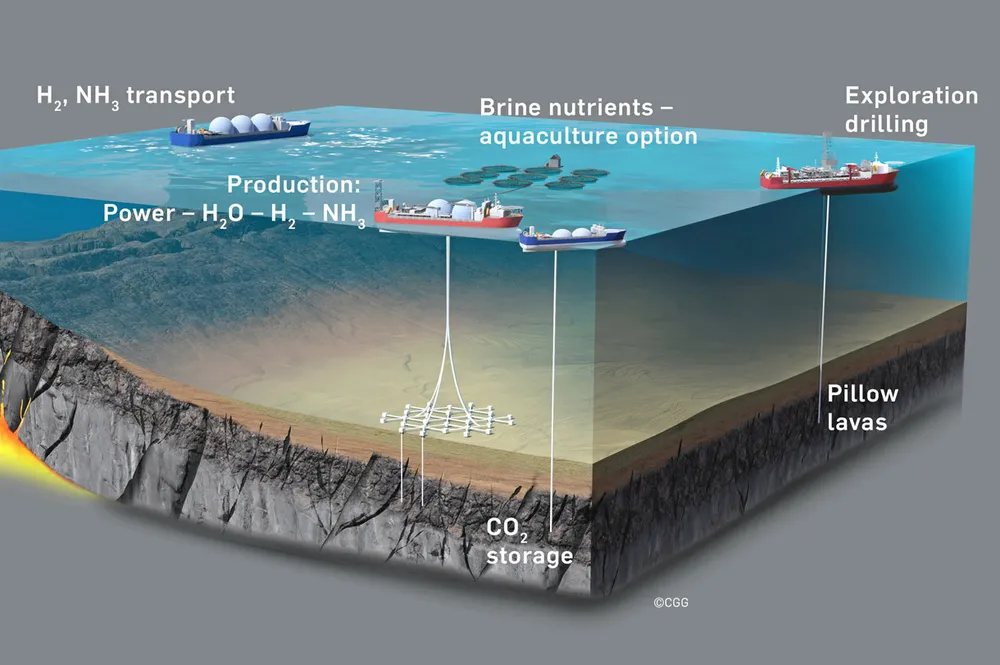Looking to tap deep ocean ‘spreading centres’ for clean energy
CGG study explores frontiers of geothermal energy as seismic stalwart diversifies its activities

CGG study explores frontiers of geothermal energy as seismic stalwart diversifies its activities
